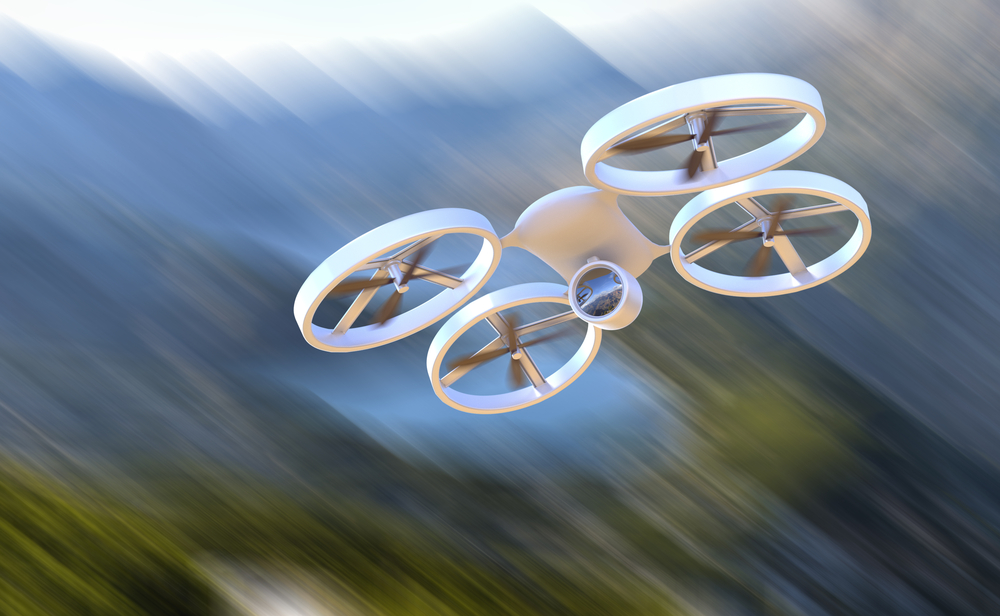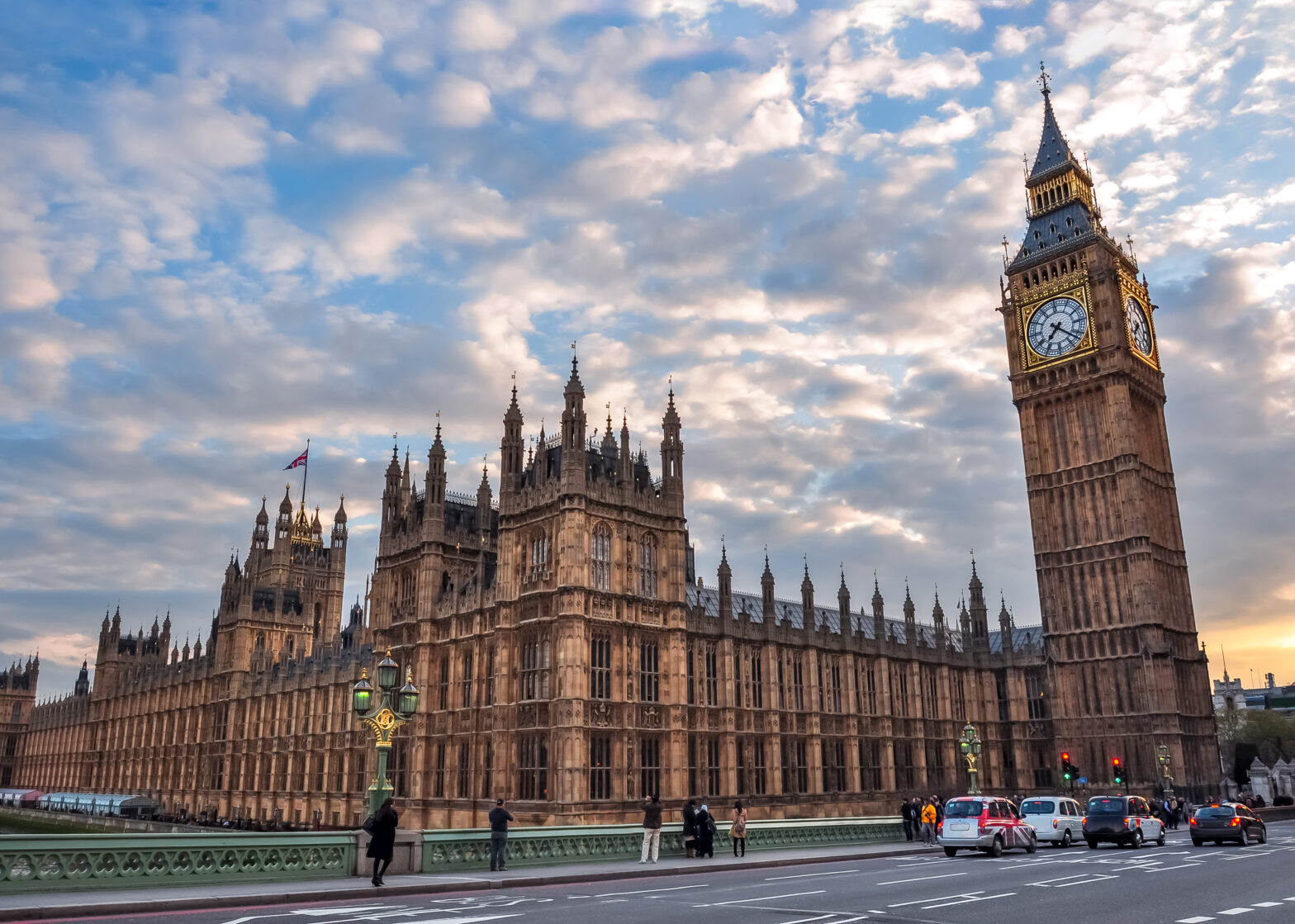How safe from prying lenses do celebrities feel when sunbathing on secluded beaches or by the pool of a private villa? And how safe from prying eyes do you feel barbecuing in your garden or walking around in your flat?
Celebrities may take precautions accordingly, perhaps choosing to holiday in villas with high walls, but the rest of us assume that we can go about our business in our own homes and gardens, for the most part, unobserved and certainly unrecorded.
Could the privacy most of us take for granted be under threat from the use of unmanned aerial devices (UADs) with video cameras and to what extent is filming over garden walls and through windows unlawful?
>See also: Rise of the drones: re-engineering the supply chain for the UK’s drone future
One of the main attractions of UADs is that they often come with video cameras. This article explores three main legal areas – privacy, confidentiality and harassment – which may mean that someone buzzing their drone over your garden wall or filming through the windows of your home or office could potentially be doing something unlawful.
Drones and Privacy in the UK
The first question under English law is whether the information being filmed is private. If so, the court will carry out a balancing exercise to decide whether the intrusion into the person's privacy is outweighed by the rights of freedom of expression.
There is little doubt that the vast majority of people have a reasonable expectation that what they do inside their homes or in their gardens is private and that it will not be filmed, published or broadcast. It might be argued that the filming itself is less intrusive than any disclosure as, for example, everyone is constantly being filmed on CCTV, and the problem should only arise if the video footage is uploaded or otherwise disclosed or used.
There are circumstances where the filming and publishing of the footage without consent may not be unlawful. This could be where the filming is from afar so that no one is identifiable, where the person has consented, say at a sporting event as part of the ticketing conditions, or where there is a public interest in disclosure, for example, filming a terrorist shooting and using the footage for law enforcement or legitimate media reporting purposes.
When weighing up the public interest against the rights of privacy, one of the most important things is that the test is one of proportionality and degree. Those using UADs for media or other commercial use will need to consider the law before launching their UADs into the air and filming people without consent.
Ordinary consumers, and particularly children, however, may not be so knowledgeable or careful about the potential privacy implications of filming other people, particularly in public places. They should all, hopefully, appreciate that filming over garden walls and through windows is probably not allowed.
Confidentiality
In the wrong hands, UADs could be used to try to gain a commercial or an espionage advantage. Flying a UAD over commercial or government property may be a way to try to find out what a company or even a state is doing and perhaps to try to acquire trade or state secrets.
Flying a UAD over the perimeter fence of a film set to try to scoop the first images of what a new film will look like could also breach confidentiality. In the 1997 case of Creation Records v News Group, the claimant made the arrangements for a new Oasis album cover featuring a White Rolls Royce in a hotel swimming pool and band members and objects around the pool.
Despite security measures, a freelance photographer commissioned by The Sun got inside the area and took a photo of the scene, which The Sun published. The court held that it was arguable that the taking and publication of the photograph was in breach of confidentiality. The court inferred that the photographer knew that photography was not permitted in light of the security measures and nature of the event to which he had gained access.
>See also: Flying high: what will it take for the commercial drone revolution to lift off?
Harassment and stalking
It is possible that UADs could be used to harass or stalk a person. Examples could include repeatedly buzzing a UAD near person while they are walking along the street or sitting in their garden or hovering the UAD outside their bedroom window.
The media may reasonably wish to use UADs to film in places of public interest which could put them in danger e.g. in a war zone or where there is rioting or a suspected armed terrorist may be on the loose. However, using UADs to try to scoop shots of a person going about their daily life could amount to harassment depending on the circumstances. Flying UADs on a beach with sunbathers or in close proximity of children may well cross the line if a course of conduct can be proved.
Much of the use of UADs by consumers, the media and businesses is likely to be innocent and without legal consequence. However, it is possible that abusive use of UADs could breach laws including privacy, confidentiality and harassment.







